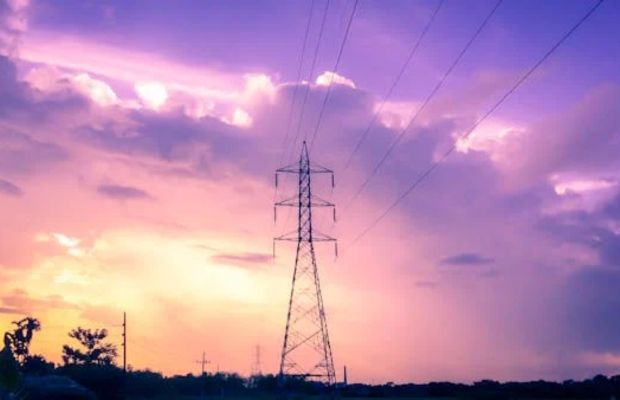Maale Gilboa, located on a remote hilltop in northern Israel, has become a leader in Israel’s efforts to enhance its electricity grid’s resilience through renewable energy and advanced energy storage solutions.
Dovi Miller, a founding member of the kibbutz in the 1960s and now overseeing its energy operations, described their mission to create Israel’s first “energy island” — a micro-grid capable of operating independently from the national power network. This setup allows them to sustain electricity supply even if the main grid fails during emergencies.
The kibbutz’s adoption of renewable energy technologies such as wind turbines, solar panels, and a large biogas dome made it a natural choice for Israel’s pilot program. The urgency to advance renewable energy was heightened by recent conflicts that disrupted the country’s energy supply, underscoring the vulnerability of traditional energy sources.
Globally, micro-grid projects are already operational in various settings like schools, hospitals, and communities across Asia Pacific, North America, the Middle East, and Africa, often relying on public funding. The World Bank highlighted the potential for solar microgrids to provide power to half a billion people by 2030, emphasizing the need to reduce costs and overcome financial barriers.
Israel’s micro-grid initiative, expected to be completed in the next few years, aims to complement existing energy infrastructure by enhancing resilience through decentralized distribution. This strategy is crucial in mitigating risks posed by potential conflicts, such as disruptions to the national grid.
Ron Eifer from Israel’s Energy Ministry stressed the importance of decentralization in electricity distribution to minimize risks, particularly given the vulnerability of above-ground infrastructure to potential conflicts with Hezbollah in Lebanon.
The ministry’s plan includes expanding decentralized energy sources from individual households to entire communities, starting with the reconstruction of areas damaged by conflicts along the Gaza and Lebanon borders. The goal is to have five gigawatts of renewable energy in the reconstructed area tat is 30% renewable energy by 2030, with significant contributions from solar-powered microgrids that store excess energy for nighttime use and can integrate with the national grid.
Eifer said, “Most of the micro-grids will use solar energy from rooftop or land-based fields that can be stored in batteries for use at night. Extra energy generated can be sold to the national grid. If a solar field is hit, it may lose some panels but can continue to generate.”
The government is facilitating this transition by waiving permits and subsidizing installations, aiming to spur private-sector investment. Companies like Delek Group are already investing in large-scale solar energy projects similar to those pioneered by Maale Gilboa.
Amit Mor, CEO of Eco Energy Financial & Strategic Consulting, highlighted the role of recent conflicts as a catalyst for advancing self-sustained energy solutions, positioning Israel as a model for other nations facing similar security and environmental challenges.
This shift towards microgrids represents a proactive approach to ensure energy security and sustainability, driven by both necessity and strategic foresight.


